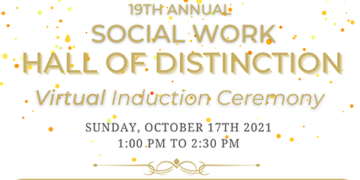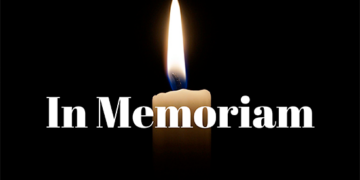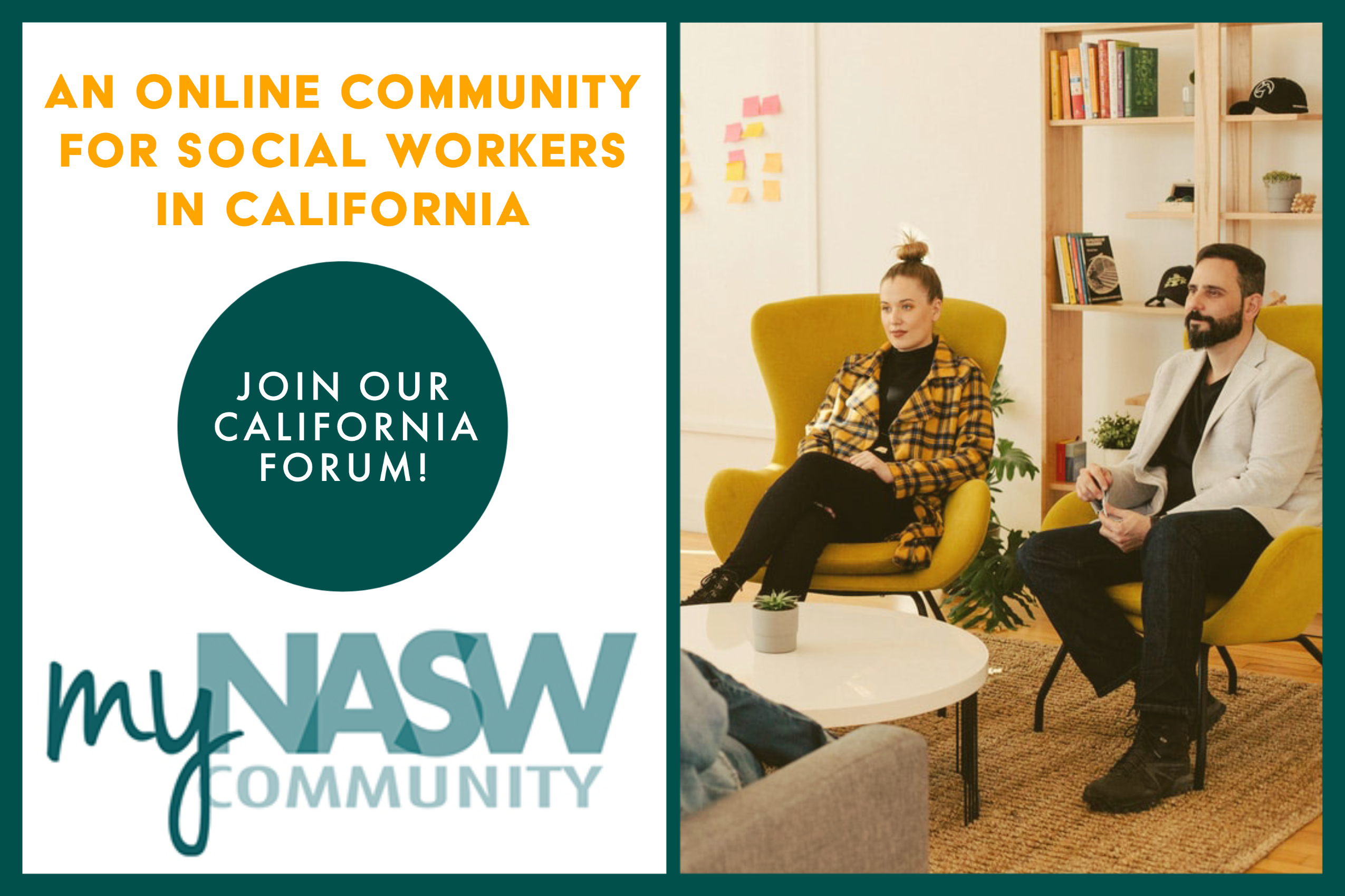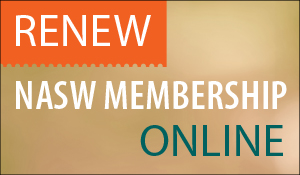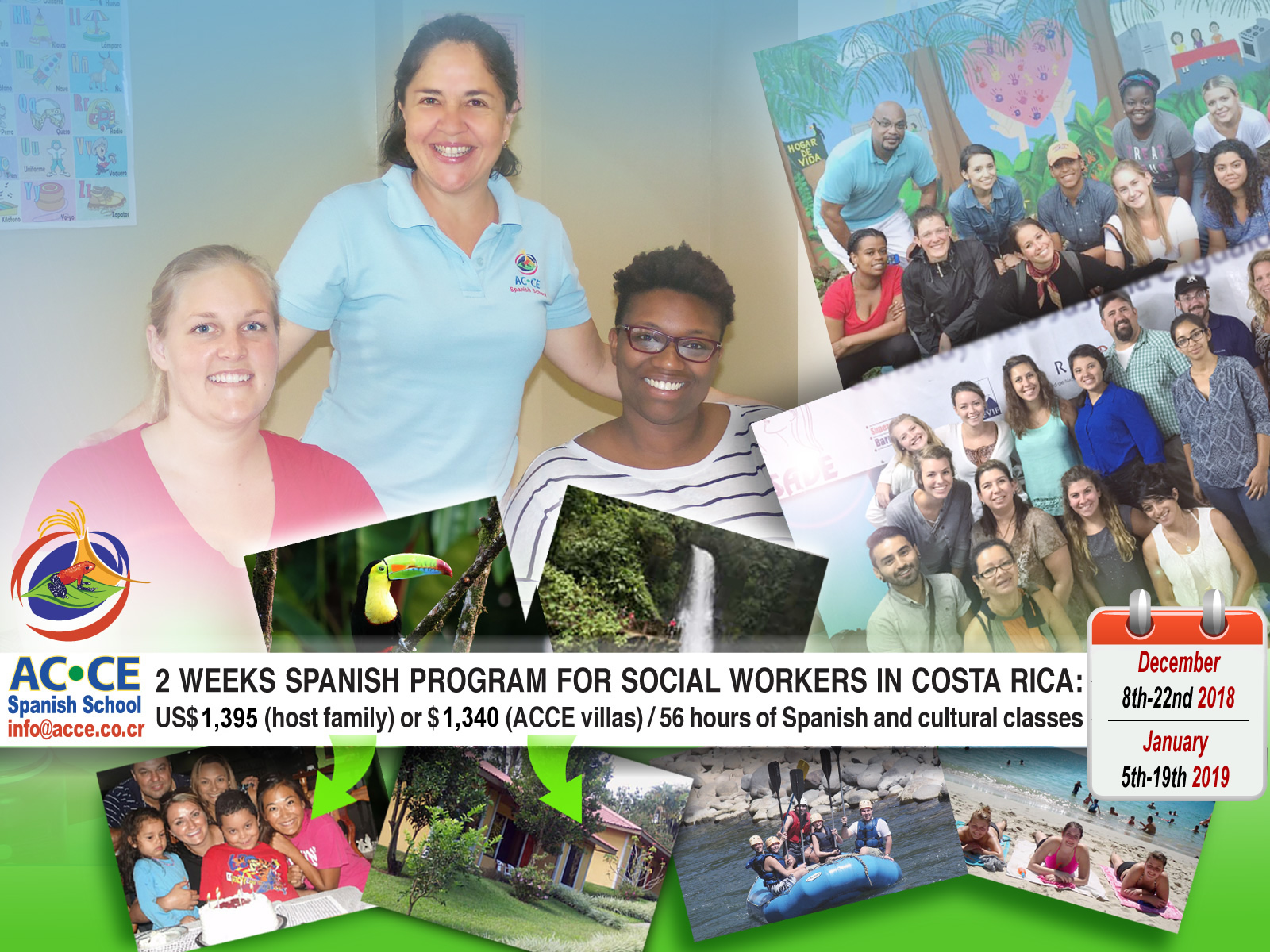By Lisa Rapallo, LCSW, C-SWHC
 During the last week of November, I had the privilege of responding to the Philippines with a medical mission to relieve survivors of super typhoon Haiyan. Since obtaining my LCSW, I had been studying disaster response and had become certified, as well as previously working and studying in such far-flung places as India, Thailand and Cuba. However, I had never actually responded to a disaster. When our hospital system decided to send a team, I jumped on board with only four days to pull together everything needed for survival in a disaster zone, along with any tools or supplies for psychosocial support that I could come up with. We did not know at first where we would be staying, or what would be available, so we prepared with tents, dried food, water purifiers, net, rope and so on. As the only social worker — and not responding with a disaster agency — I had no organized structure or program to follow for my part, and I nervously knew it.
During the last week of November, I had the privilege of responding to the Philippines with a medical mission to relieve survivors of super typhoon Haiyan. Since obtaining my LCSW, I had been studying disaster response and had become certified, as well as previously working and studying in such far-flung places as India, Thailand and Cuba. However, I had never actually responded to a disaster. When our hospital system decided to send a team, I jumped on board with only four days to pull together everything needed for survival in a disaster zone, along with any tools or supplies for psychosocial support that I could come up with. We did not know at first where we would be staying, or what would be available, so we prepared with tents, dried food, water purifiers, net, rope and so on. As the only social worker — and not responding with a disaster agency — I had no organized structure or program to follow for my part, and I nervously knew it.
Tacloban was one of the hardest hit areas, and to see an entire landscape wrecked means to understand the meaning of the word “disaster,” which I will never use casually again. Everything that once was, was gone. The Filipinos have a cultural characteristic of staying positive in the face of suffering. It both inspired us and broke our hearts to see children and adults of all ages wave and smile at us, surrounded by rubble stretching to the horizon. Mass graves dotted the island, and even two weeks after the disaster, bodies were still being found daily. At the time of this writing, the death toll was 5,719, with thousands still missing and some villages not yet reached by any aid. As many of the large relief agencies were still not in full operation, we were hosted by a private organization, which was helping its own community by sending daily medical teams and other aid to villages that had not been visited yet. We were joined by Filipino doctors and nurses, as well as wonderful private relief teams from all over the world, notably Medical Teams International, ACTS World Relief and Global DIRT who brought medical care, communications equipment, search and rescue and cadaver dogs, as well as knowledge for the survivors that they would not be ignored. I was the only mental health provider at the time and local staff responded to my presence with welcome.
Each day our medical team arrived at villages, set up tents and proceeded to see hundreds of patients at a time. It is amazing how efficient triage and treatment can be when no record requests, insurances or regulations are in the way. We saw mostly children with coughs and older people with chronic conditions that had no way to access their usual medications. There were few patients with traumatic wounds, as those had gotten to a hospital if lucky. Continuing rain and unsanitary conditions created by total lack of shelter were leading to fungal and other infections. I set up a separate area with a mat for play sessions, and threw out paper, crayons, card games, a few stuffed animals and a ball for the older children. The children hung back at first so I threw myself on the ground and started to play. In a short time, all of the village children were at play, drawing, throwing the ball and, at my polite request, engaging in songs, including the Philippines national anthem. For just a short time, laughter filled the air, and I finally learned — not in theory, but in intense reality — what a significant but immeasurable difference the restoration of children’s play can mean to them and to the community. I saw the adults waiting in the rain in the line to be seen by a doctor straighten up and look proudly at the children of their community.
Overconfident from that experience, I was taken aback at the next village, where more than 100 children turned up to play, basically mobbing us. Our team doctor jumped in and helped me tear every piece of paper I had in half, and break every crayon in half, as a blur of little hands and faces rushed us. The children later started to “turn in” their drawings and I was covered in a blanket of colored scraps. Thinking quickly, I called to the creator of each piece of art, handed it to them and told them, “Go give this to someone who really needs to smile today” and was delighted to see them run off in all directions. Then they came back, looking up at me expecting to be told what to do next. I did not know what to do next! After taking a few minutes to walk around and process, luckily I remembered concepts that I had studied. I was not there to be their therapist or teacher, but to help the community start to heal itself. With that in mind, I found several young ladies in their late teens and, in short order, had them organizing the children into teams for group games and songs. Once they stepped into this role, I was able to step back and start to visit the adults in line to provide informal psychological first aid. Before we left, we encouraged them to continue this practice every day. Although we knew we made a difference, we hated driving away and leaving them again with nothing, knowing there is still so much need. Their requests were simple — they wanted food, candles, fungal cream, tampons, a radio for communication and a priest.
For social workers interested in this early response work, although this was my first time, I can offer some suggestions. You must be prepared to deploy in a short time and to be self-sufficient. There may be no building standing where you would sleep, nor any store or restaurant where you would eat, nor any bathroom where you would bathe or toilet. We must remember that a disaster mental health responder is trained not to do therapy, but instead to look for ways to make an impossible situation better. After a disaster, people are focused on basic needs — food, water, medicine, shelter and security, and if we say we are there to provide mental health and wait for clients to come to us, we will not be successful. Pressing people to talk about their experiences could further traumatize them. Instead, we practice psychological first aid, meaning we make ourselves available in an informal manner to those who wish to talk about their experiences, not only with the disaster survivors, but with the first responders who have been working in terrible conditions witnessing death and destruction. We stimulate the community to draw on its own resources. The sounds of children laughing and playing can bring a sense of optimism to the adults in the community, and instill hope that there will be a rebuilding and recovery. The Filipino people showed us faces full of incredible resilience, and I truly believe they will come out of this stronger than ever.
Please consider supporting any of the agencies mentioned in this article; I can attest to the meaningful and immediate impact they have, by getting there before anyone else does.
Lisa Rapallo, LCSW, C-SWHC, can be reached at lisarapallo@hotmail.com.




